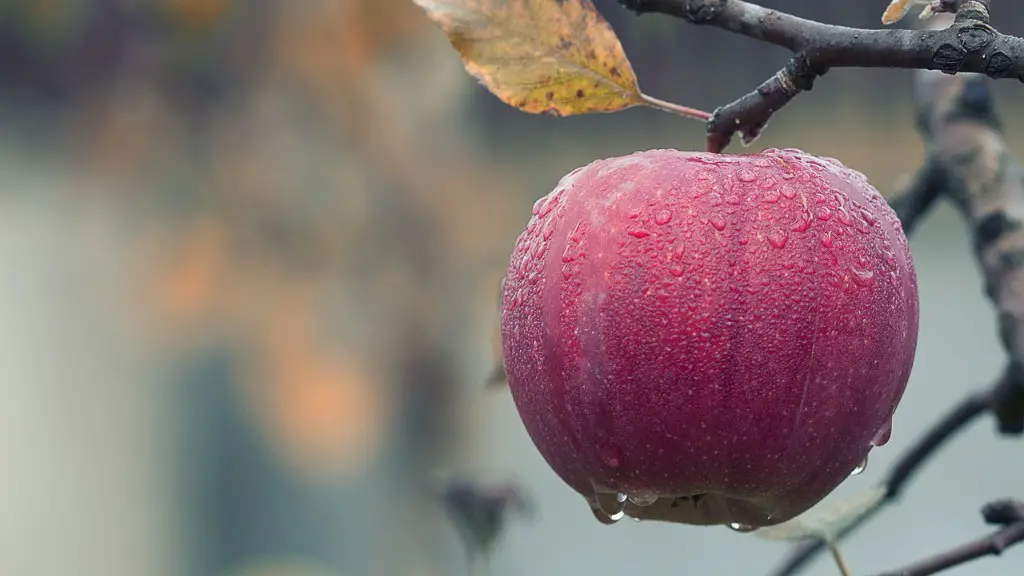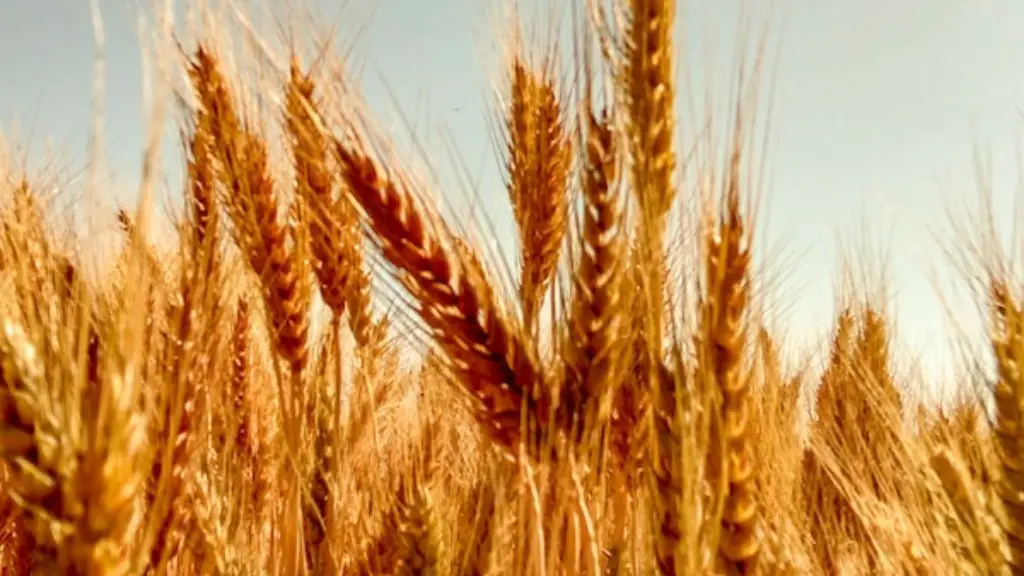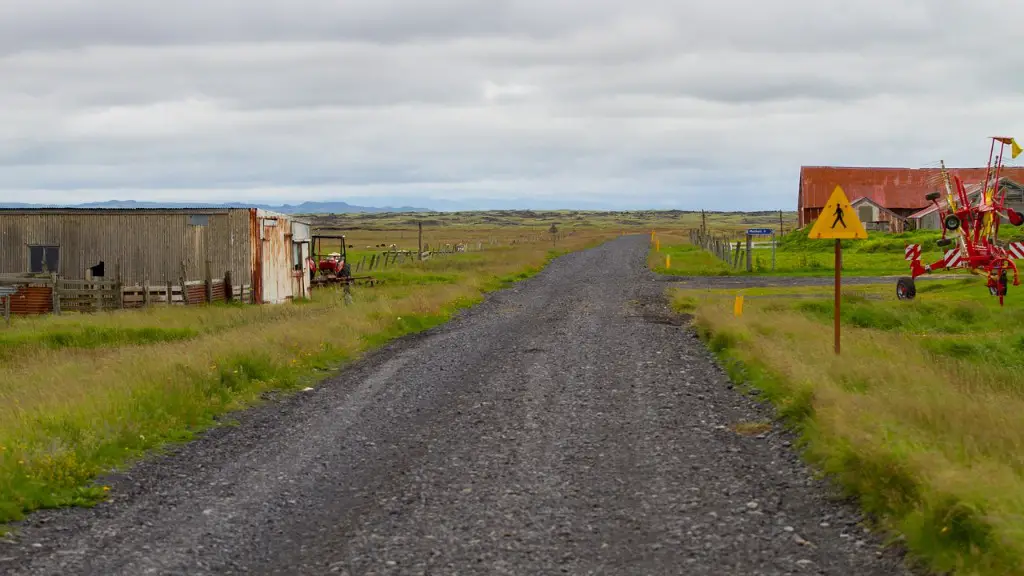In agriculture, nursery management refers to the process of raising and caring for young plants in a controlled environment until they are ready to be transplanted into a field. This includes tasks such as selecting the appropriate plant species and variety, preparing the soil, planting the seeds or seedlings, watering, fertilizing, and controlling pests and diseases.
Nursery management in agriculture is the process of planning, organizing, and controlling the operations of a nursery. This includes the selection of plants, the propagation and growing of plants, the marketing of plants, and the financial management of the nursery.
What are the objectives of nursery management?
The main objective of good nursery management is to supply high quality planting material for establishment of new orchards. In order to achieve this, nurseries need to focus on producing healthy and vigorous plants that are free from pests and diseases. To do this, nurseries must have good facilities and equipment as well as a team of experienced and knowledgeable staff.
A nursery is a great place to buy young plants and seedlings to transplant in your own garden. The plants are usually well-cared for and healthy, and the staff can help you choose the right plants for your needs.
How do you manage a nursery
Nursery management is the process of planning and executing the activities involved in the operations of a nursery. It includes the provision of planting material, mother blocks, land area, water supply, working tools, growing structures and input availability. The implementation of nursery management activities includes land treatment, protection against biotic interference and soil erosion, proper layout, input supply, etc.
A nursery is a place where plants are nurtured by providing them with optimum growing conditions to ensure germination. Nurseries save considerable time for the raising of the next crop. Among flower crops, majority of the annuals are propagated by seeds and require a nursery for raising the seedlings.
What are the key elements of nursery management?
The cultivation of crops begins with the preparation of nursery beds, soil management, planting procedures, control of seedling density, use of fertilizers, irrigation, and pest control. All of these practices are important in order to ensure a successful harvest.
There are three types of nurseries: retail, wholesale, and private. Retail nurseries raise plants for sale to the general public. Wholesale nurseries usually grow plants in bulk for the purpose of selling to large clients. Private nurseries grow plants exclusively for a single client.
What is the most important thing in a nursery?
A crib is the most important piece of furniture in the nursery. It is made to the highest specifications and is the safest sleep environment possible for your baby.
The advantages ofChapter 4 – Nursery management are that it is cheap and does not require special support structure. The disadvantages are that it is not reusable, seedlings may root through bags, and more medium is required per pot.
What are the factors affecting nursery management
If you’re thinking of establishing a nursery, there are a number of important factors to consider. The agro-climatic conditions and soil type in the area you’re looking at are both important. Soil pH and the availability of irrigation facilities are also key considerations. The location and size of the area you’re looking at are also important, as is the demand from the local market. You’ll also need to have access to Germplasm or mother plants, as well as skilled personnel. All of these factors need to be considered carefully before making a decision.
This program provides individuals with the skills and knowledge necessary to operate and manage a plant nursery. Topics covered in this program include plant propagation, harvesting, and transplantation techniques, as well as facility management and business operations. Upon completion of this program, individuals will be prepared to work in a variety of settings, including outdoor plant nurseries, tree and shrub nurseries, and related businesses.
What are the roles and responsibilities of a nursery manager?
The manager is responsible for the recruitment and overall management of all childcare and other staff. They will define the roles and responsibilities of all staff and ensure the upkeep of job descriptions. The manager will carry out all appropriate checks on new employees. They will develop and maintain a bank of nursery staff to provide cover for all occasions.
The role of a nursery manager is to oversee the production of plants, ensuring that they are of high quality and meet customer expectations. They are also responsible for hiring and training staff, as well as creating work rosters and delegating duties. In order to be successful in this role, it is essential to have a professional and friendly demeanor, as well as detailed knowledge of plant production, soil, fertilizers, and growing techniques.
What are the examples of nursery crops
There are many different types of nurseries, each specializing in a different type of plant or plant group. Some examples include rose, daylily, camellia, hosta, orchids and succulents. These nurseries usually grow an extensive variety of species or cultivars, though actual production numbers of each may be low. This allows them to offer a wide selection of plants to choose from, ensuring that everyone can find the perfect plant for their needs.
Nursery was a term used to describe either the part of a garden where young stock was raised until it could be transplanted to a permanent location or to a business or commercial establishment that sold live plant material.
What is the example of nursery?
There are two types of nurseries: those for babies and those for plants. Baby nurseries typically have a crib and plenty of baby toys, while plant nurseries have glass walls and roofs to protect their charges. Both types of nurseries provide a safe space for their charges to grow.
There are many characteristics that make a good nursery, but some of the most important ones are a solid reputation, passionate teachers, active learning, and child-friendly facilities. A good nursery should have a solid reputation among families and should be known for providing an excellent preschool program. The teachers at a good nursery should be passionate about their work and should be committed to providing a warm and comforting environment for the children. The facilities at a good nursery should be child-friendly and should be designed to encourage active learning.
Warp Up
Nursery management in agriculture includes all of the activities and decisions that go into operating a nursery, including seed selection, planting, watering, fertilizing, pest control, and harvest.
Nursery management in agriculture is a key component in the successful production of crops. By providing the correct environment and care for young plants, farmers can ensure a healthier and more bountiful harvest. Good nursery management practices can mean the difference between a bumper crop and a lackluster one, so it is essential for farmers to understand and implement these techniques.




